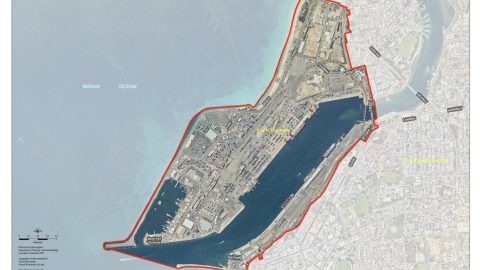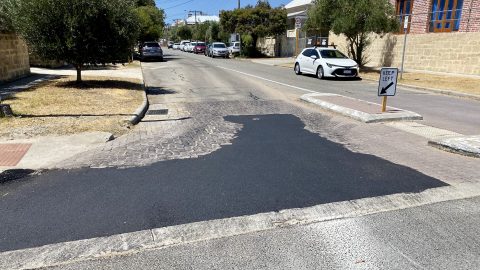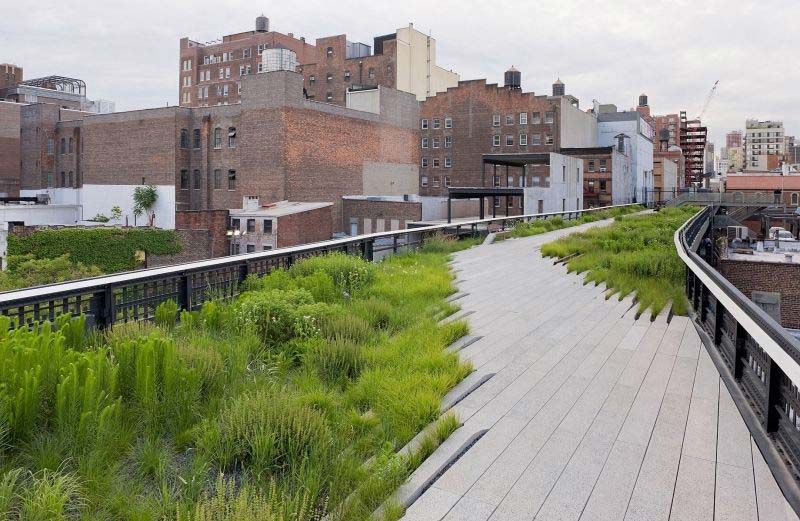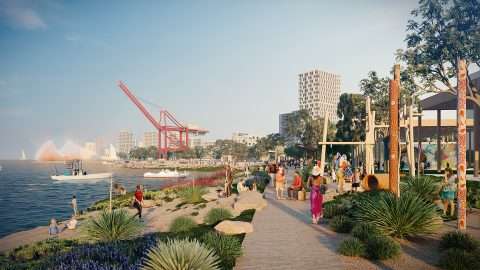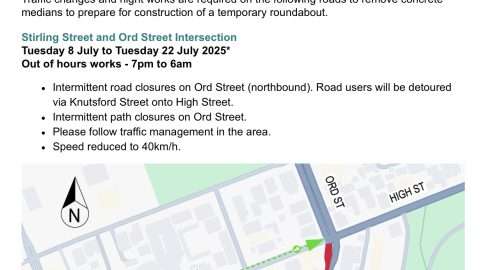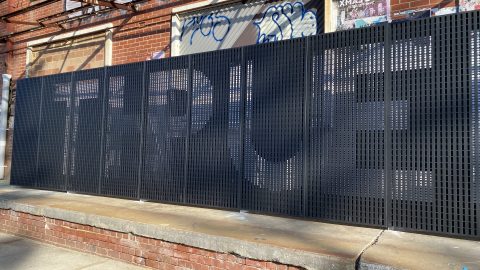There are two big high-rise complexes being planned for the hill in North Fremantle/Mosman Park on Stirling Highway. Gerry McGill and the North Fremantle Community Association have been asking lots of questions about the scale of this project. In a recent communication Gerry said they felt as though they were ‘under siege’.
From my perspective as an environmentally oriented urban planner who has been trying to stop urban sprawl for decades, it is a very interesting time in Perth on such density issues. Are we under siege? If so, how did this happen as we have had processes for controlling density in the past?
Yes, we are under siege. We are now seeing massive density increases in high-rise honeypots across Perth: 50 storeys at 1 Rokeby Road next to Subi station, 250 apartments at over 15 storeys at The Grove in Cottesloe, the very large ten storey complex around Claremont Oval, and the 10 new 20 storey towers at Canning Bridge, to name a few. The two going into Mosman Park/North Fremantle are joining two other 20 storey developments on the top of the hill, and Scarborough is also experiencing a high-rise boom on its hill with a view.
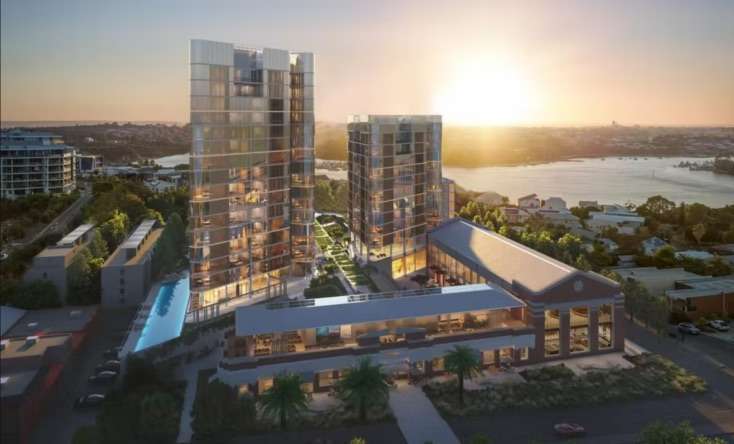
Artist’s impression of what’s in mind for the old Ford factory/Matilda Bay Brewery site.
Why are we suddenly getting all these high-rise honeypots? I would think its because Perth’s long extended suburban sprawl has reached its limits and we have no other model for density infill that is working.
Once you get beyond one hour travel time for any new suburb to reach work and services, there is no train or freeway that can help. Anyone with choices in life is moving back in to where work, services and urban life can be reached.
The infill in back yards has dried up because it knocked trees down and created more traffic, so local governments all down-zoned density. No options were left for developers to try and redevelop something, anything… In the State Government’s eyes we had become totally anti-density and the housing market was dying.
There were a few higher density zoned spaces left but on those few sites it was impossible to meet the market with medium density. The only thing left for larger scale infill to be commercial was to sell each house for millions. So, the developers began going for high rise through the DAPs rather than through the councils. There were no other options left.
There is a new housing market for high rise as many baby-boomers are wanting to stay in their suburbs and they want to downsize and have a view. They leapt into the market in droves as they retired, especially during Covid. Their demand is now the basis of the many high-rise options being built across Perth. And the local communities are under siege as no local government wanted to help other than say no.

Artist’s impression of the view from the top of The Grove across Cottesloe to the Indian Ocean
Perth is also having many more people coming to live here whose only experience was in high rise. So, the towers keep coming and the planning system has to meet the market somehow or the city will collapse from having no housing market for jobs being created.
‘We should just stop people coming to Perth’, is a reaction I sometimes get to such issues. Its not an easy thing to do in a democracy where no constraints on geography are legal. Perth is likely to keep growing as we are providing critical minerals and services for the next economy. And it’s a good place to live. As long as you can find a place within 50 km from the CBD.
The communities adjacent to the few places where density is being allowed are now under siege with densities not seen before. The local reactions are understandable as well as the need for these developments based on the planning system options that have been allowed.
So what can we do?
I would hope that we can create opportunities for better medium density development in declining middle suburbs. There is a lot of land ready for redevelopment, but it is occupied by lots of dying houses on large lots. It will require planners to intervene and create large precincts with the local owners all committing to such redevelopment opportunities. This needs designers and local communities working together with developers. Otherwise, each block just gets carved into small infill that demolishes all the trees and doesn’t make the necessary densities for housing options to be created.
We have called this model Greening the Greyfields and, in the Fremantle area, WGV at White Gum Valley shows what it can look like.
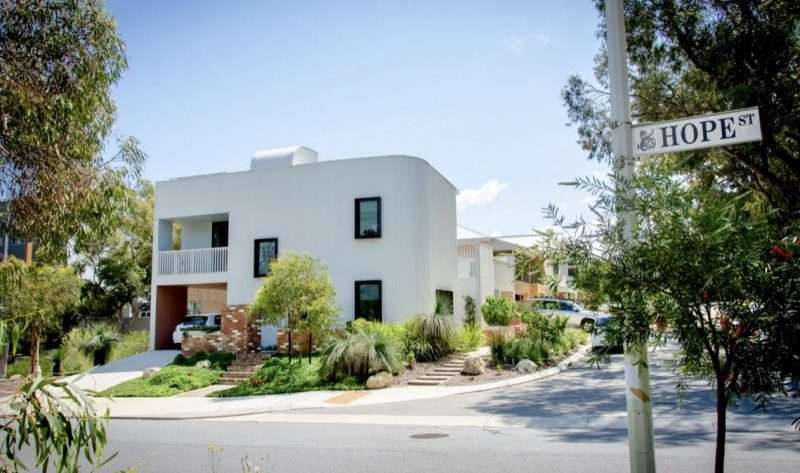
There is no sign of this alternative medium-density precinct approach happening, however, as planners prefer to sit at their desks looking at their rule books. They don’t know how to get communities involved in helping to co-design their own future housing and neighbourhood services.
If we dont start to try, the sieges will grow.
Perth people have been screaming about the evils of infill density for so long that the politics of intervention to get good-scaled medium density options have just about disappeared. Now we are under siege we need to think more creatively about better density options in the suburbs.
Meanwhile, the high-rise honeypots boom is likely to continue.
* By Peter Newman, Curtin University
WHILE YOU’RE HERE –
PLEASE HELP US TO GROW FREMANTLE SHIPPING NEWS
FSN is a reader-supported, volunteer-assisted online magazine all about Fremantle. Thanks for helping to keep FSN keeping on!
** Don’t forget to SUBSCRIBE to receive your free copy of The Weekly Edition of the Shipping News each Friday!
